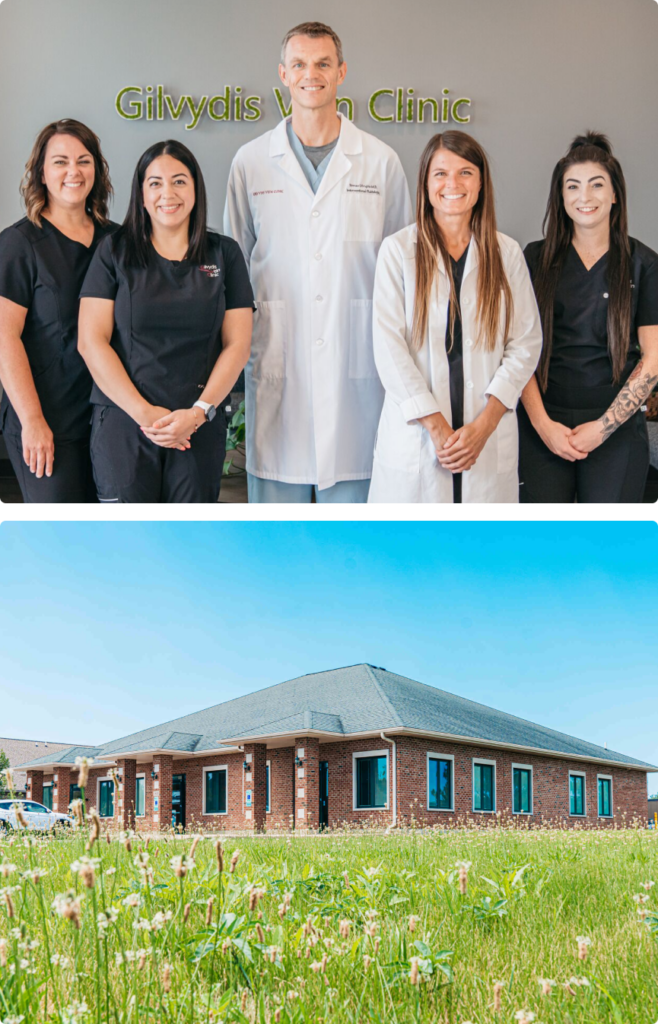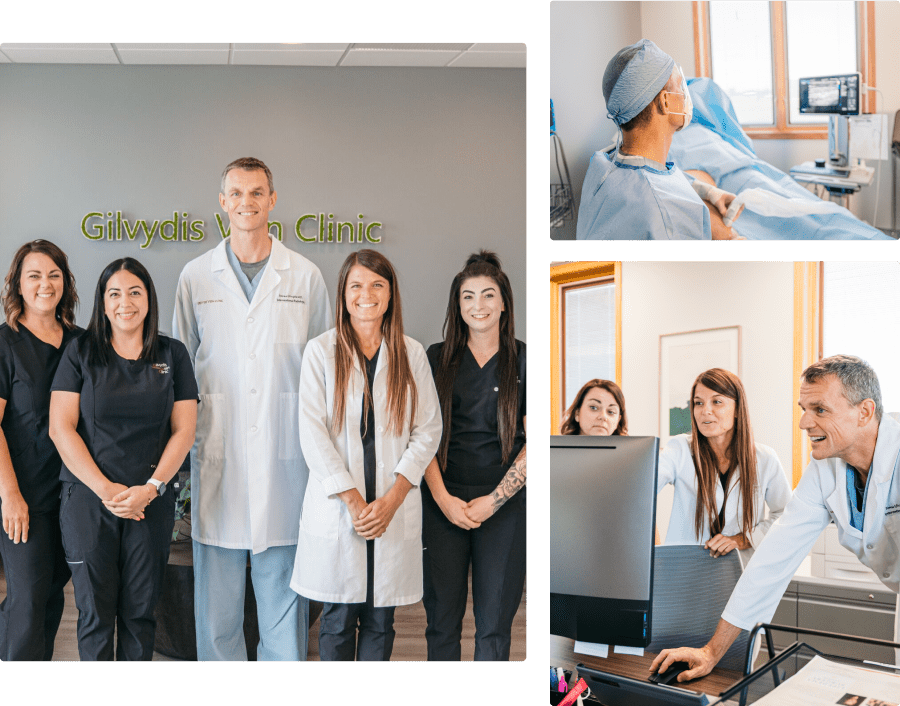Vein Care in Rockford, IL
From Your Neighborhood Vein Care Team
Do you suffer from poor vein health? Find the right vein specialist for your varicose veins, spider veins, and more at our Rockford clinic. With many successful recovery results and testimonials in your area, Gilvydis Vein Clinic’s Rockford location is conveniently located at 2990 North Perryville Road.
Vein Care in Rockford, IL
From Your Neighborhood Vein Care Team
Do you suffer from poor vein health? Find the right vein specialist for your varicose veins, spider veins, and more at our Rockford clinic. With many successful recovery results and testimonials in your area.

Vein Care in Rockford, IL
From Your Neighborhood Vein Care Team

Do you suffer from poor vein health? Find the right vein specialist for your varicose veins, spider veins, and more at our Rockford clinic.
Meet Our Team
Meet our team at the Gilvydis Vein Clinic! Our team of vein specialists, nurse practitioners, sonographers, a physician assistant and more are ready to get you back on your feet again.
Visit Us
Office Address
Hours
Monday – Friday: 8am – 4pm
